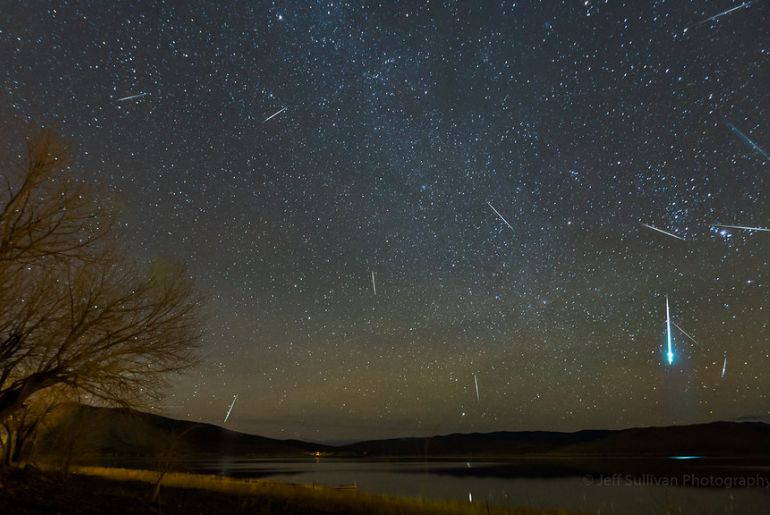Get Ready for the Geminid Meteor Shower: What to Expect This December
Hey there, stargazers! December is almost here, which means one thing: the Geminid meteor shower is on its way! For those of you who haven’t experienced this celestial spectacle, let me tell you, it’s something truly special. Think shooting stars, but on steroids. We’re talking potentially dozens, maybe even hundreds, of dazzling streaks across the night sky in a single hour. So, grab your blankets, hot chocolate, and maybe a friend or two, because this year’s Geminids promise to be unforgettable.

This article will walk you through everything you need to know to make the most of this year’s Geminid meteor shower, from understanding the science behind it to finding the perfect viewing spot. Get ready to be amazed!
Understanding the Geminids: More Than Just Shooting Stars
Before we dive into the practicalities of viewing the shower, let’s talk a bit about what exactly the Geminids are. Unlike most meteor showers that originate from comets, the Geminids are unique because their parent body is an asteroid – 3200 Phaethon. This asteroid is a bit of a mystery, as it exhibits characteristics of both asteroids and comets, leading to some fascinating scientific debate.
As 3200 Phaethon travels through space, it leaves behind a trail of debris. This debris, ranging in size from tiny grains of sand to small pebbles, enters Earth’s atmosphere at incredibly high speeds. The friction caused by this rapid entry causes the particles to burn up, creating the brilliant streaks of light we see as meteors.

The Geminids are known for their vibrant colours. You’ll likely see streaks of white, yellow, and even green, depending on the composition of the debris. And unlike some other meteor showers that produce faint, fleeting streaks, the Geminids are often quite bright and long-lasting, making them a truly spectacular sight.
Why are they called the Geminids?
The shower gets its name from its radiant point – the point in the sky from which the meteors appear to originate. For the Geminids, this radiant point lies within the constellation Gemini, hence the name. This doesn’t mean you need to stare directly at Gemini to see the meteors, though. The meteors will appear all across the sky.
When and Where to See the Geminid Meteor Shower
The Geminids typically peak around December 13th or 14th each year. However, you can start seeing meteors a few days before and after the peak. This year, the peak is expected to occur around [Insert Specific Date and Time for 2024 – Check NASA or other reputable sources for accurate prediction].
Maximizing Your Viewing Experience:

-
Find a Dark Location: Light pollution is the enemy of meteor shower viewing. The further away you are from city lights, the more meteors you’ll be able to see. Consider heading out to a rural area, a national park, or even a dark spot on the outskirts of your town.
-
Give Your Eyes Time to Adjust: It takes about 20-30 minutes for your eyes to fully adapt to the darkness. Avoid looking at your phone or other bright lights during this time.
-
Be Patient: Meteor showers are not a constant barrage of shooting stars. There will be periods of inactivity followed by bursts of activity. Be patient and enjoy the overall experience.

-
Check the Weather Forecast: Cloudy skies can completely ruin your viewing experience. Check the forecast before you head out and choose a night with clear skies.
